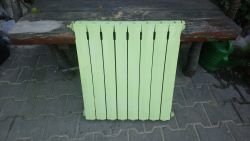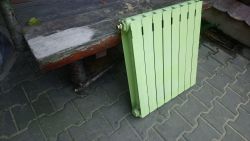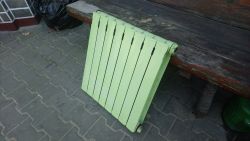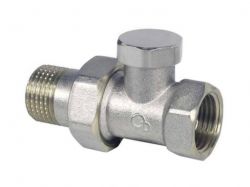I would note one fact.
As for radiators, they can be radiators:
- only with side supply, where the entrances are on the sides of the radiators at the top and bottom, left / right
- only with bottom supply, where the inputs are at the bottom of the radiator. Some radiators have at the left/right edge of the radiator, but there are also versions with entrances in the center of the radiator.
- universal, i.e. having both of the above-mentioned types of inputs.
In addition, with radiators with side supply, you can use a saddle connection and then hot water enters the bottom side entrance, and cold water exits the bottom one on the opposite side of the radiator.
Therefore, the author should accurately describe what inputs the heater has and how it was originally connected.
The term bottom feed itself, depending on the interpretation, may be read as a saddle connection for a radiator typically with side feed, or it may equally well apply to a universal radiator where the previous owner had bottom feed, and now the new owner wants to use side feed.
In the case of universal radiators, changing the connection method from the bottom to the side requires changing the connections, because they are not compatible.
To illustrate the way of connecting the lower and side saddle, I attach a fragment of the diagrams from the Purmo catalog.
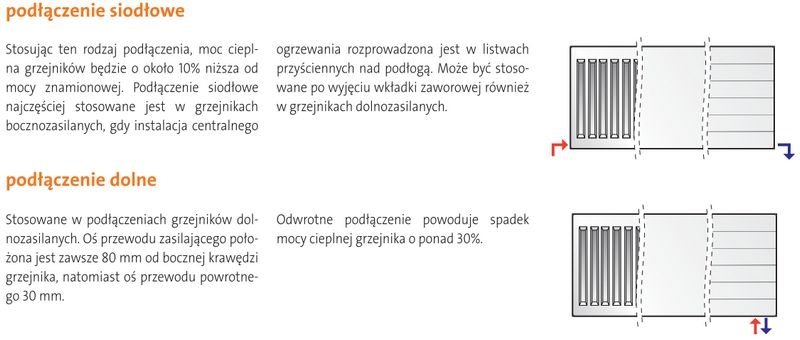
I would like to add that if the author has a radiator with a side supply and the previous owner used a saddle connection, you can easily use a regular side connection, i.e. hot water at the top and cold water at the bottom.
It is only worth rinsing such a radiator, because sediments may have accumulated over the years of previous use, which are better to rinse with ordinary water under pressure.




